Phil Durbin from Finite Elements explains the untold CFD story of the design and testing of James Cameron's DeepSea Challenger, a solo manned submarine that ventured 11km down to the deepest place on earth, the Marianas Trench, in March 2012.
Archives
How can I drive Fluent UDF Parameters directly from ANSYS Workbench?

Our support team is tasked with helping our customers to extract maximum value from their CFD simulations, and we are always striving to help customers who work at the bleeding edge of CFD. A common question is: How can I drive Fluent UDF parameters directly from ANSYS Workbench? The ANSYS Fluent User Defined Function (UDF) framework gives Fluent users an almost unlimited ability to modify the physics solved in their simulation model. Customisation can extend from simple properties such as boundary condition profiles, through to complex particle-fluid interaction laws. The ANSYS Workbench interface provides the infrastructure to specify parameters that can be used to drive any simulation inputs (such as geometric dimensions or boundary condition values). By coupling the functionality of Workbench Parameters with Fluent...
Monash Motorsport take out "Best Use of Virtual Methods to Achieve Vehicle Targets" award at Silverstone

We are pleased to announce that long term partners of LEAP Australia, Monash Motorsport, have achieved a very respectable fifth place overall in the 2014 Formula Student Competition at Silverstone in the UK. Among the awards presented at the competition was one for the best use of virtual methods to achieve vehicle targets which was won by Monash Motorsport. With their advanced use of ANSYS CFD Tools for external and internal aerodynamics, as well as ANSYS Mechanical to evaluate part strength and performance before manufacture, Monash Motorsport has always placed a high emphasis on the use of computational tools as a means to achieve top results. Receiving the award was a testament to the hard work that the team members had dedicated to the project, and...
Tips & Tricks: Calculating the Mean Age of Air for HVAC simulations in ANSYS CFD
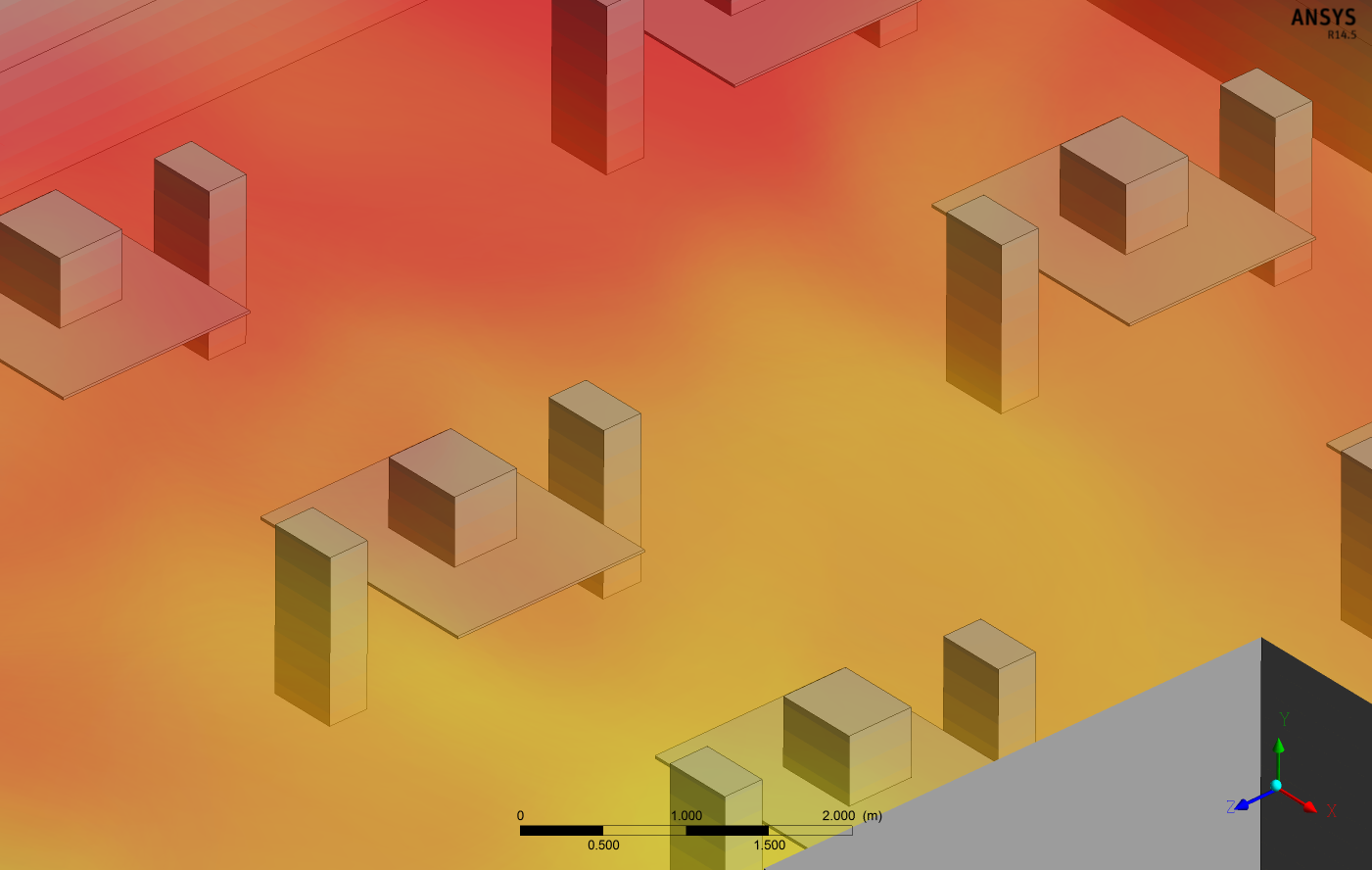
Engineers who are tasked with designing heating, ventilation and air-conditioning (HVAC) systems for buildings will need to assess the indoor air quality to ensure optimum health and comfort for occupants and meet minimum regulatory requirements. Generally a HVAC CFD analysis will take into account variables such as air temperature, relative humidity, air species concentrations and velocity. Additionally, CFD engineers can use ANSYS CFD to solve for the local "mean age of air" (MAA) to assess the air quality within an indoor environment. By examining MAA across the habitable space within a building, engineers can quantify the air change effectiveness (ACE) of their ventilation system and confirm that their design meets NABERS/GreenStar regulations. How can I plot the Mean Age of Air in ANSYS CFD-Post? Usually designers are interested...
Guest Post: ANSYS CFD helps Sunswift tackle the World Solar Challenge
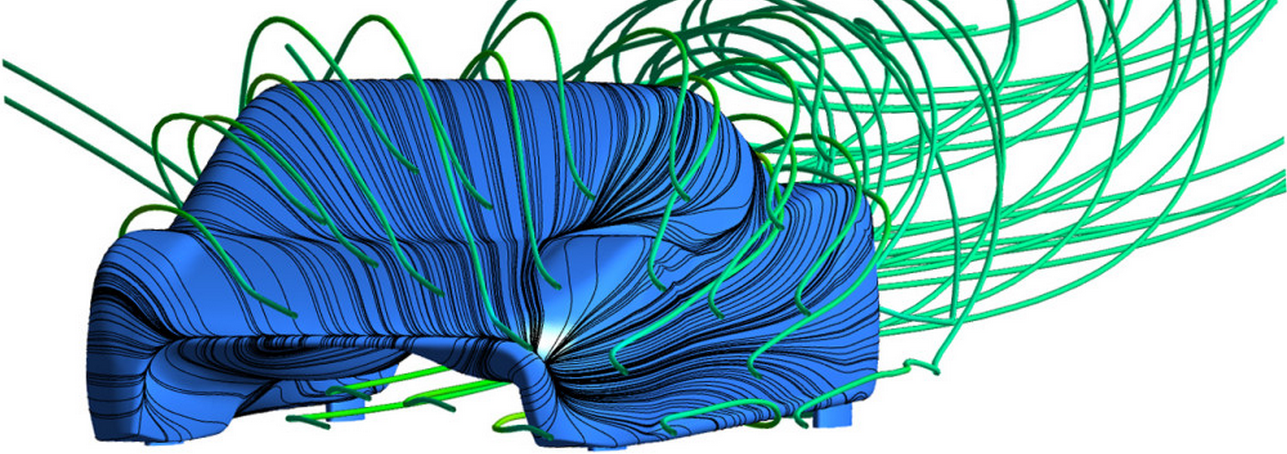
Issue 1 of ANSYS Advantage magazine places the spotlight on the academic use of CFD and other ANSYS software. Part of this issue is dedicated to student engineering competitions where students have the chance to use real-world engineering methods and tools such as CFD to design cutting-edge products, including race cars (FSAE) and solar passenger vehicles (World Solar Challenge). Many of you may know that LEAP Australia has for years been a strong supporter of the University of New South Wales' Sydney-based Solar Racing Team - otherwise known as Sunswift - especially during the design and development of their latest car, Sunswift eVe. LEAP provides students with training and mentoring in CFD and FEA software, and helped implement effective CAD-to-CFD workflows and optimisation approaches in Workbench....
Solving Conjugate Heat Transfer problems

For many simulations of real world engineering applications, the predictions of heat transfer properties are as important, if not more important, than the actual flow field. Such scenarios include simulations of heat exchangers, HVAC (Heating, Ventilation and Air Conditioning), combustion/burners, electronics cooling, and many more. In these applications, we are often interested in how heat moves through both the fluid and solid domains, and importantly the transfer of heat across the interface between adjacent domains. ANSYS CFD is a leader in solving all three modes of heat transfer: convection, conduction and radiation. Deciding which physics to include is critical to setting up an efficient CFD model. For instance, radiation provides a computational overhead but it is a very important heat transfer mode for bodies with high temperatures...
New & Improved: The 2014 FIA Formula One Series

This weekend, televisions around the world will tune into to watch the first race of the 2014 FIA Formula One Championship take place in Melbourne, Australia. Of particular interest to all F1 fans will be the new looking cars with their revolutionary new power units. Formula One has undergone another drastic change in the rules, prompting engine manufacturers to clean-sheet design an integrated turbocharged electric-combustion powertrain system. Of course in addition to the new engine specifications, the governing body also revised the rules controlling the size and shape of the allowable external aerodynamics package. As a result of these rule changes, each team's aerodynamics departments have been forced to perform a complete overhaul of the aerodynamics of their car. In this video, Australian driver...
Guest Post: Optimising FSAE Aerodynamics at Monash Motorsport
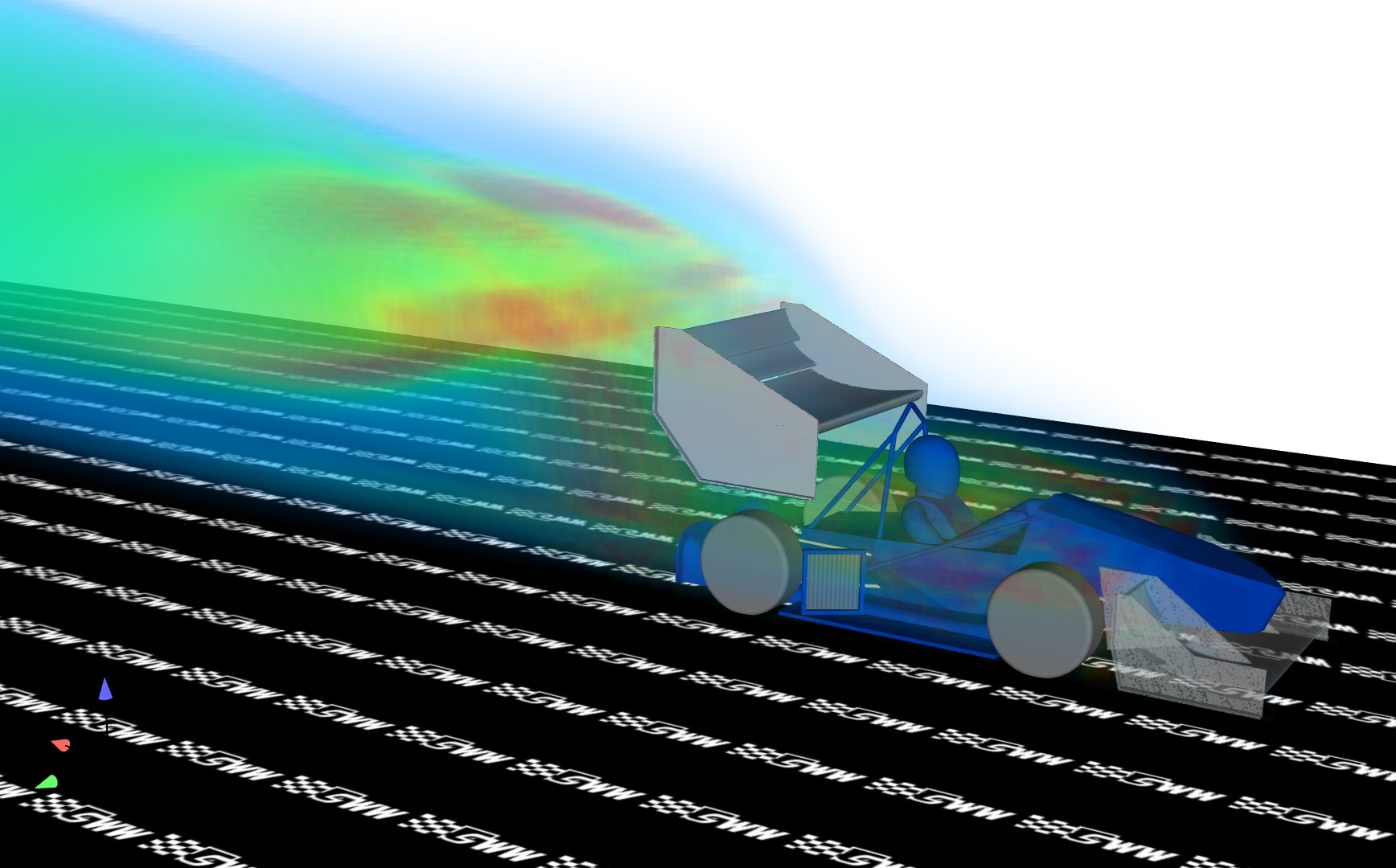
LEAP Australia would like to congratulate the team from Monash University for winning the 2013 Australian Formula SAE Competition. As proud supporters of the Formula SAE Competition, LEAP Australia works closely with many university FSAE teams across Australia and New Zealand, offering assistance through training and mentoring of student team-members who are applying CAE techniques to maximize the performance of their car designs. In this guest post, Monash Motorsport members Scott Wordley, Damien McArthur, Marc Russouw, Luke Phersson and Matt Corallo have kindly provided an insight into their use of ANSYS CFD software to optimise the aerodynamics of the Monash Motorsport M13 car. Formula SAE is a worldwide engineering competition in which teams of student engineers are challenged to design, manufacture and test a...
Astute use of ANSYS CFD contributes to the success of Australian teams at F1 in Schools 2013 World Finals
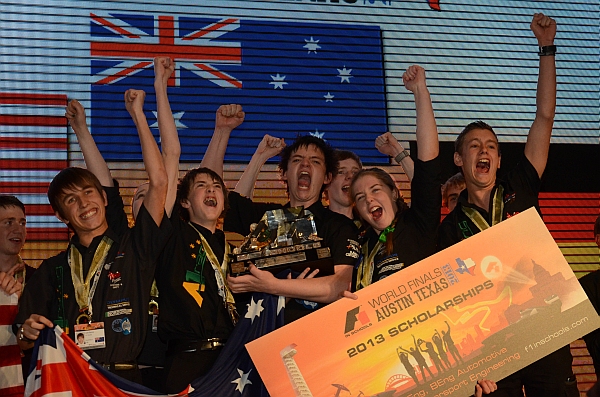
LEAP is very proud to congratulate the students from A1 Racing for winning the F1 in Schools 2013 World Finals in Austin, Texas. A1 Racing are a collaboration team between Pine Rivers in Brisbane, QLD, and Phoenix P-12 in Ballarat, Vic, who have continued the proud tradition of Australian students excelling at this international event by becoming the third successive Australian-based team to win the World Finals (with previous winners hailing from Tasmania and South Australia). In our last post, we mentioned that the use of CFD for aerodynamic design and stability at A1 Racing had already brought some early success, with their team having won the fastest car competition by leading the timetrial event. Later that evening, it was announced that A1 Racing was also the overall...
Can CFD help to solve Australia’s greatest aviation mystery?
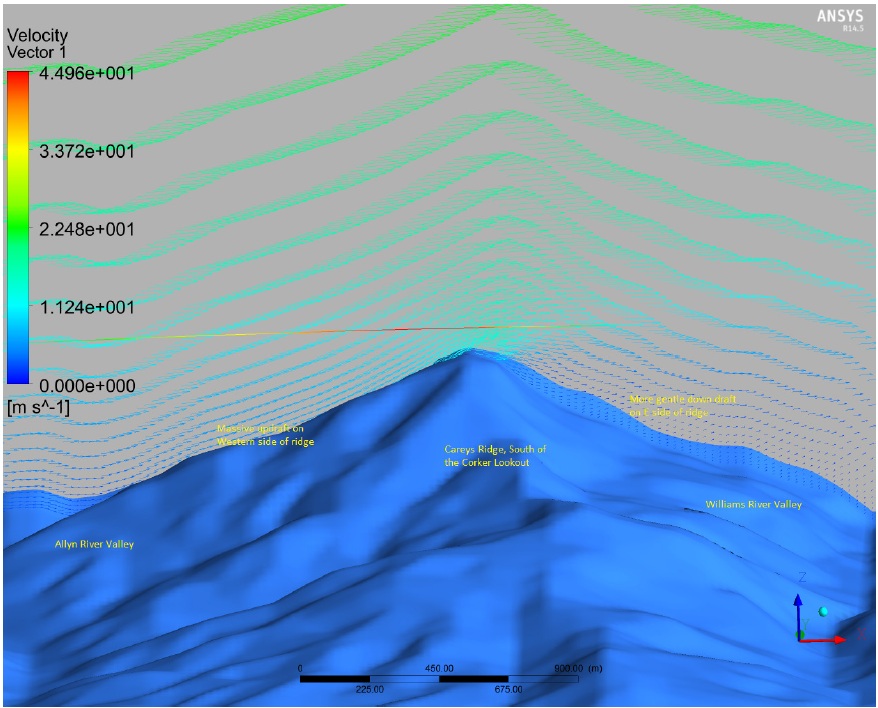
On a stormy night in August 1981, a Cessna Centurion 210 aircraft crashed with 5 people on board in Barrington Tops, a rugged and isolated national park north of Newcastle, New South Wales. Despite a massive initial search effort and ongoing attempts by a group of dedicated volunteers, the challenging and complex terrain has conspired to prevent the wreckage from ever being found. To put this into some perspective: according to Corporal Mark Nolan (Pilot, Australian Army), this is the only aircraft to have crashed on mainland Australia and never be recovered. We can only imagine how frustrating and heartbreaking this must be for the victim’s families to be denied this closure. One of the biggest factors that has inhibited previous search attempts is the...

